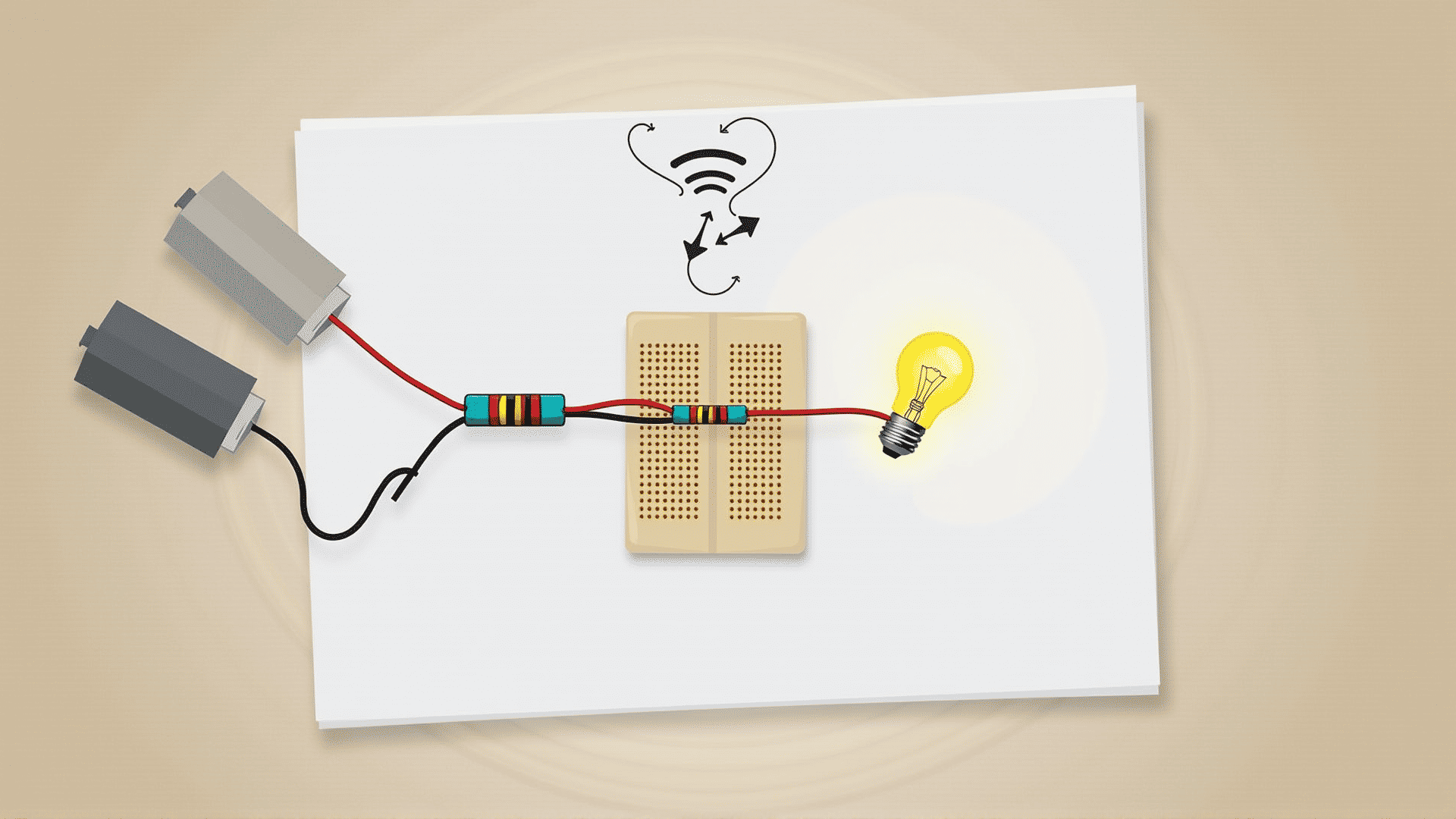Understanding Ohm's Law is essential for anyone interested in electrical circuits. This straightforward principle forms the very foundation of how circuits operate and provides a gateway to more advanced topics in electronics.
At its core, Ohm's Law describes the relationship between three fundamental electrical properties: voltage, current, and resistance. Mathematically, it is expressed as V = I * R, where V stands for voltage measured in volts, I represents the current measured in amperes, and R denotes the resistance measured in ohms.
Voltage can be thought of as the push or pressure from an electrical circuit's power source that drives charged electrons through a conducting loop. It is similar to water pressure in a hose; the greater the pressure, the more water flows. In electrical circuits, an increase in voltage results in an increased flow of electric current, assuming resistance remains constant.
Current, on the other hand, is akin to the flow rate of water through the hose, representing the number of electrons flowing past a particular point in the circuit per second. Understanding how current behaves is critical for managing power supply and ensuring components in the circuit run smoothly without overheating.
Resistance is the opposition to the flow of current. It is the friction in our water hose analogy, reducing the amount of flow. Materials have different levels of resistance based on their properties. For instance, copper is a good conductor with low resistance, which is why it is commonly used in electrical wiring.
Ohm's Law helps in calculating one property if the other two are known. For example, if you know the voltage across a resistor and the current flowing through it, you can determine the resistance using the formula R = V/I.
Practical applications of Ohm's Law are endless. It is utilized in designing electrical devices, analyzing circuits, and troubleshooting electrical problems. Engineers and technicians rely on it to ensure that circuits are safe and efficient.
A simple experiment to understand Ohm's Law involves a power source, a resistor, and a multimeter. By connecting these components in a circuit and measuring the voltage and current, one can calculate the resistance using Ohm's formula.
In summary, Ohm's Law is a fundamental tool in the world of electronics, offering a clear understanding of the interplay between voltage, current, and resistance. Whether you're a hobbyist or beginning your journey in electrical engineering, grasping this concept is a vital step in mastering the basics of circuits.
